Special Report
The 7 Worst Tornadoes in the United States and the Destruction They Caused

Published:

For those of us who don’t live in areas where tornadoes regularly form, it is hard to understand how much terror and destruction they actually cause. Usually, only the biggest and most destructive make the news outside the area where they happen, yet during tornado season hundreds of them can spawn and disappear in sparsely-populated areas, causing panic and destroying property. The worst tornadoes, however, have left long and deep scars on the communities they destroyed.
Tornadoes can form and completely destroy entire towns in just a matter of minutes. While other natural disasters like fires and hurricanes can cause much more destruction, they do not have the sudden terror that comes with the unexpected formation of a tornado. Tornado experts and locals know what kinds of weather will create tornadoes, but nobody can precisely predict when and where one will touch down, or where it will go once it begins tearing across the landscape.
Tornadoes occur all around the world including Europe, Africa, Australia, and more. They are a constant and very deadly threat. But for those of us in the United States, which ones have been the most destructive and deadly? Which were the worst tornadoes? How much damage did they cause?
The 1944 Shinnston tornado remains West Virginia’s deadliest tornado to this day. The tornado formed around 8:30 in the morning and tore a path of destruction 40 miles long and 1.5 miles wide. It passed through several communities, and only left 10 homes standing in the Pleasant Hill part of Shinnston while everything else was completely destroyed. The winds of this F4 category tornado were recorded blowing at 206 miles per hour, at least. It knocked out power for the city so Clarcksburg’s two hospitals had to treat the many victims by candlelight, and a traveling circus that was nearby lent the city their generator. At this time, nobody in the town really knew what a tornado was, or had seen one before, making this a particularly terrifying and traumatic experience for the entire community.
The destruction and death toll would have been much higher had the city not already had an emergency plan in place in case the Germans invaded since this happened during World War II. So, the local drug stores supplied the doctors’ offices with medicine and supplies, churches were adapted into morgues, the coal mines provided power generators for critical infrastructure, and the citizens organized to drive the injured to the hospitals.
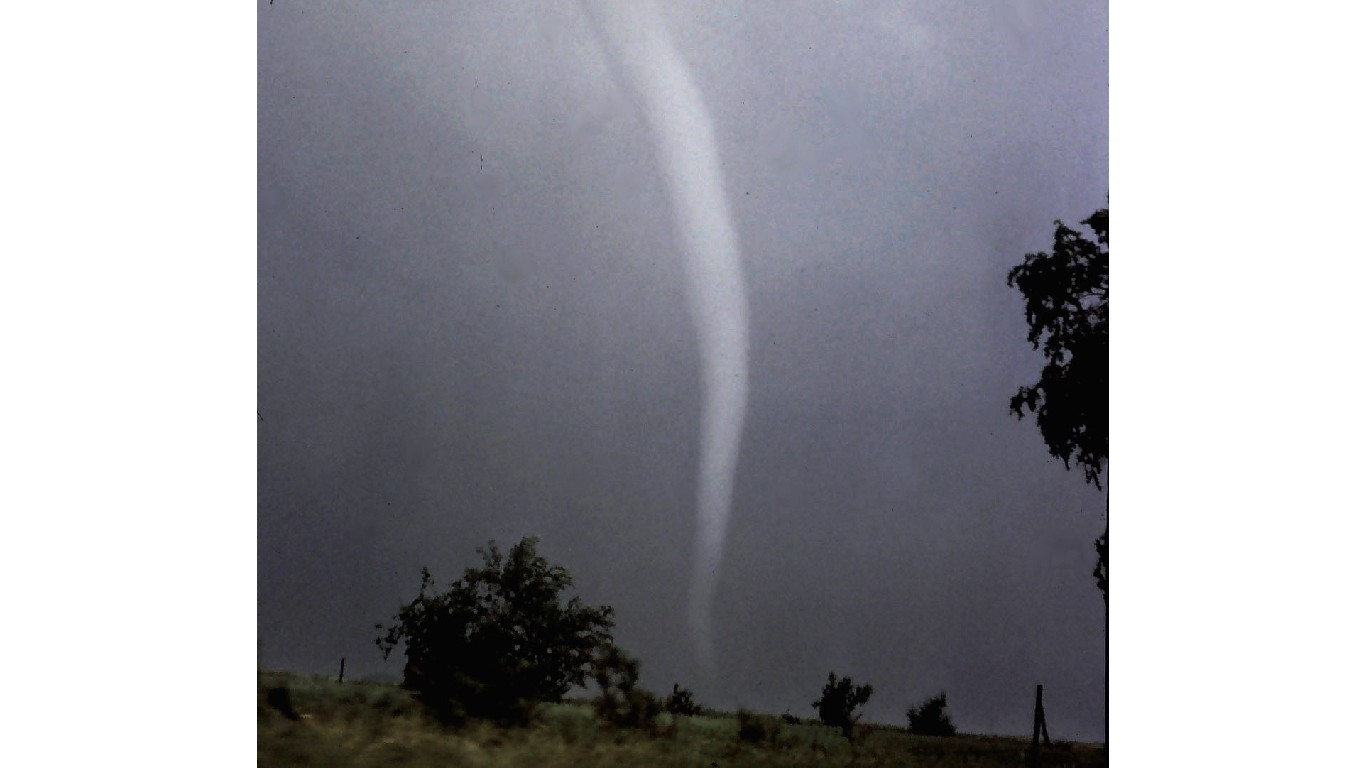
In storm terminology, an F5 tornado is capable of “incredible damage”, being able to sweep away strong frame houses, lift cars and trucks off the road and throw them over 100 meters, remove the bark from trees, and produce wind speeds of up to 318 miles per hour. The Flint-Beecher Tornado is the only F5 to occur in southern Michigan.
This monster of a tornado tore a path of destruction 27 miles long and 833 yards wide, causing over $19 million in damages (in 1953 currency). Of the people killed by the storm, 20 families reported multiple deaths. The National Guard had to step in to help with recovery and rescue efforts. A later “builder bee” was held, with the help of the Red Cross to help rebuild the communities destroyed by the tornado.
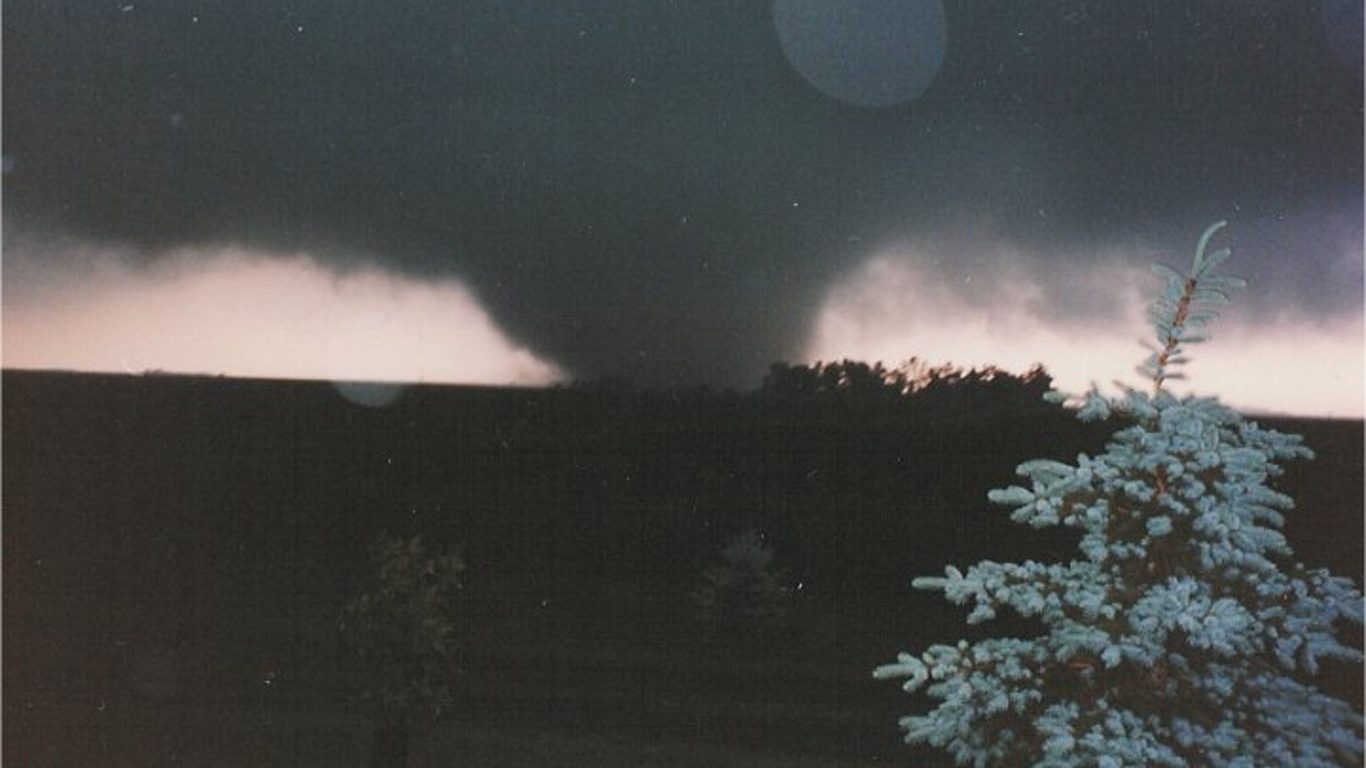
As is common with many large tornadoes and their supercell thunderstorm, the 2011 Joplin, Missouri tornado actually spawned several smaller ones that spun their own destructive paths next to the original. The entire storm event, but especially this primary tornado, was truly the stuff of nightmares. The tornado itself lasted for only 10 minutes, but even after 12 years, people still suffer from the trauma and destruction caused by one of the most powerful and devastating tornadoes ever in the United States. There are still destroyed buildings and empty lots where people have struggled to rebuild.
This is the only tornado from this millennium to make this list, which you might think is strange since the number of incredibly strong tornadoes has actually increased over the decades, and the number of people living in tornado countries has also increased. But the improvement of tornado detection, warning systems, and safety protocols have been extremely effective in saving lives if not their property.
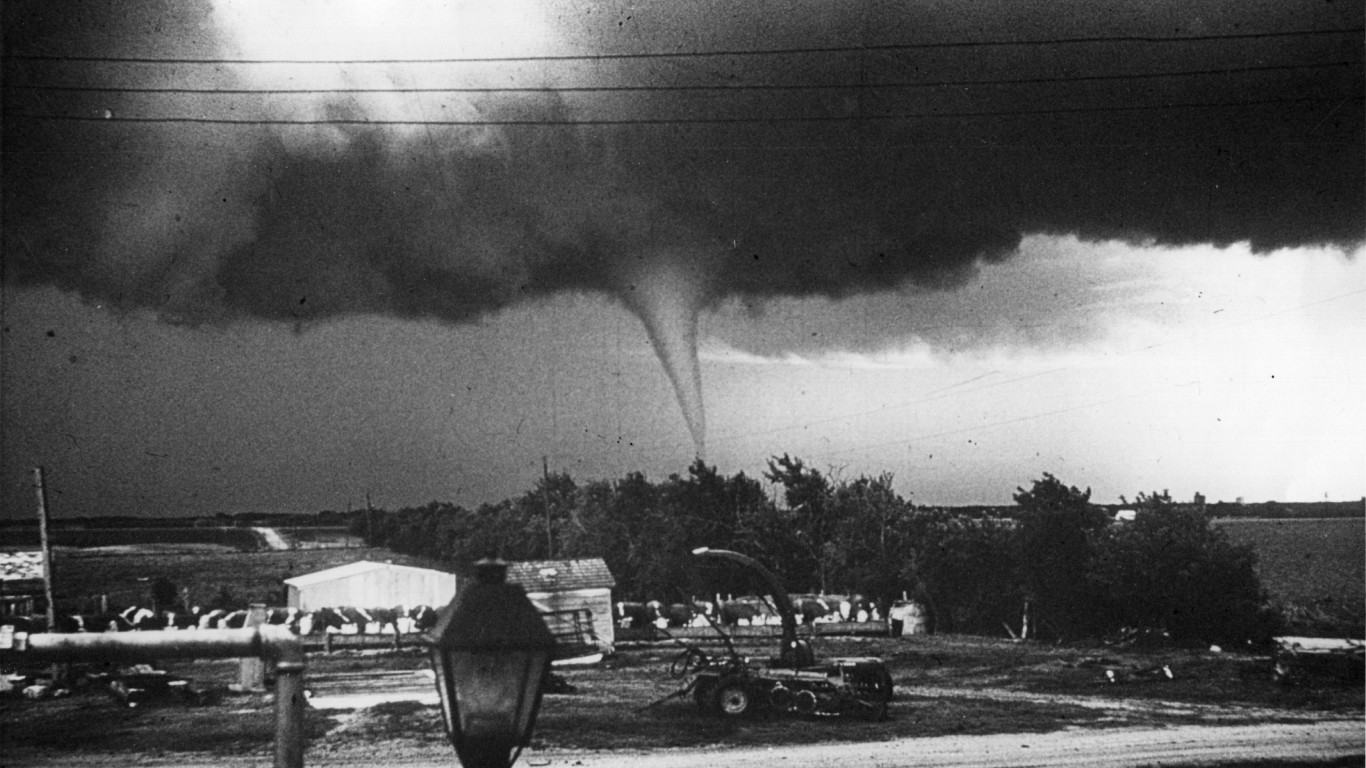
The April 6 tornado was only one of at least 12 known tornado storms that touched down between April 5–6 of that year which was later called the “Tale of Two Cities Tornado Outbreak”. This tornado in particular began as two separate tornadoes around 8:30 AM before they merged into one larger tornado close to the Gainsville downtown district. It then went on to cause $12.5 million in damages (which is around $1.3 billion when adjusted for inflation) and destroyed 750 homes.
This tornado is responsible for the deadliest tornado-caused death toll in a single building in US history when it destroyed the Cooper Pants factory, killing 70. The entire tornado outbreak ended up killing 454 people and injuring 2,498 more.

As is typical with most tornadoes, The Great Cyclone only lasted for about 20 minutes and traveled around 10 miles before dissipating. But in that time, it completely leveled 311 buildings, heavily damaged 7,200 others, and caused substantial damage to an additional 1,300, causing $310 billion in damages, adjusted for inflation. It remains the deadliest incident of any kind in St. Louis history
The Great Cyclone was the product of two supercell storms combining over St. Louis. The massive storm produced three F4 tornadoes. After touching down, the largest of the three tore through the southern sections of downtown before crossing the Mississippi River directly in front of the Gateway Arch sculpture.
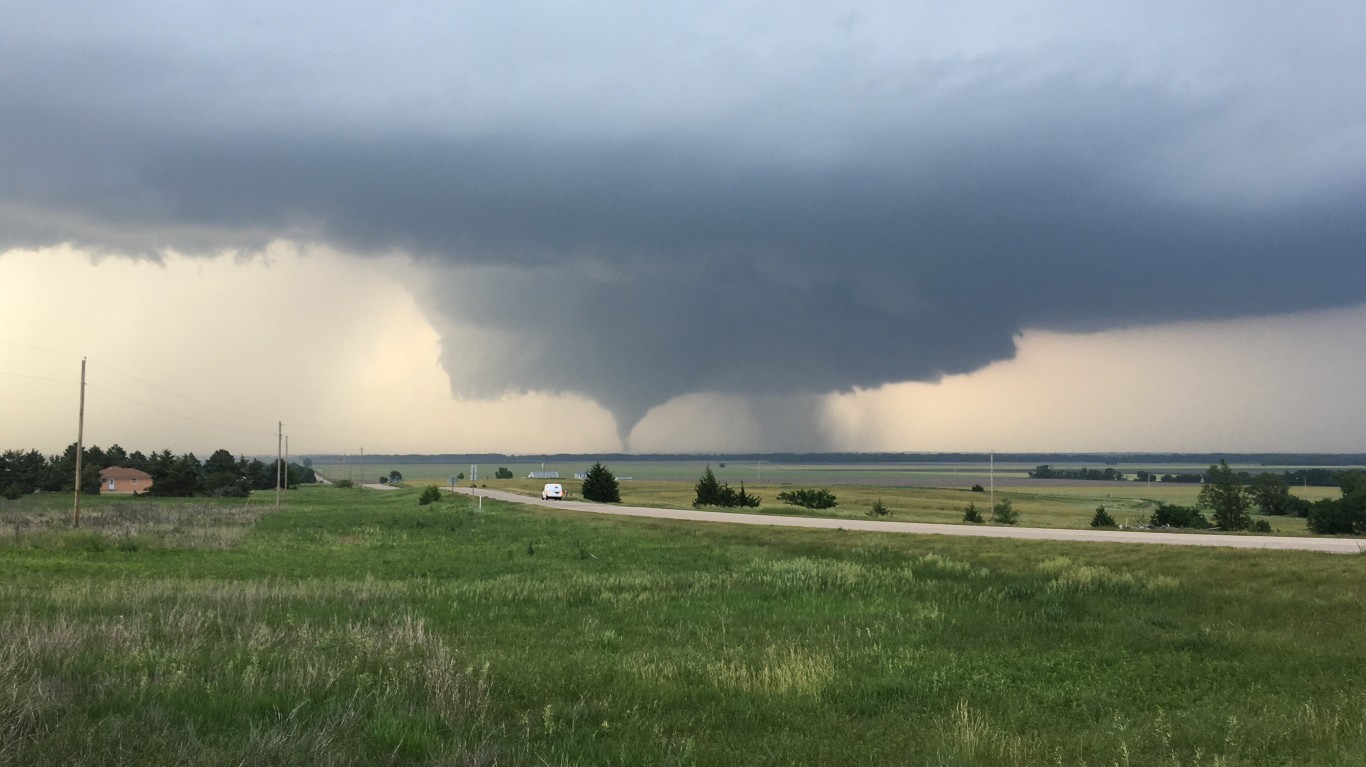
Most of the information we have about the 1840 Natchez tornado comes from piecing together the stories of those who lived through it. According to official reports, this tornado followed the course of the Mississippi River for about 20 miles, destroying 60 flat boats and killing over 300 people. The tornado itself was over a mile wide and people reported hearing it from several miles away. A large piece of a steamboat destroyed by the tornado was found over 30 miles away.
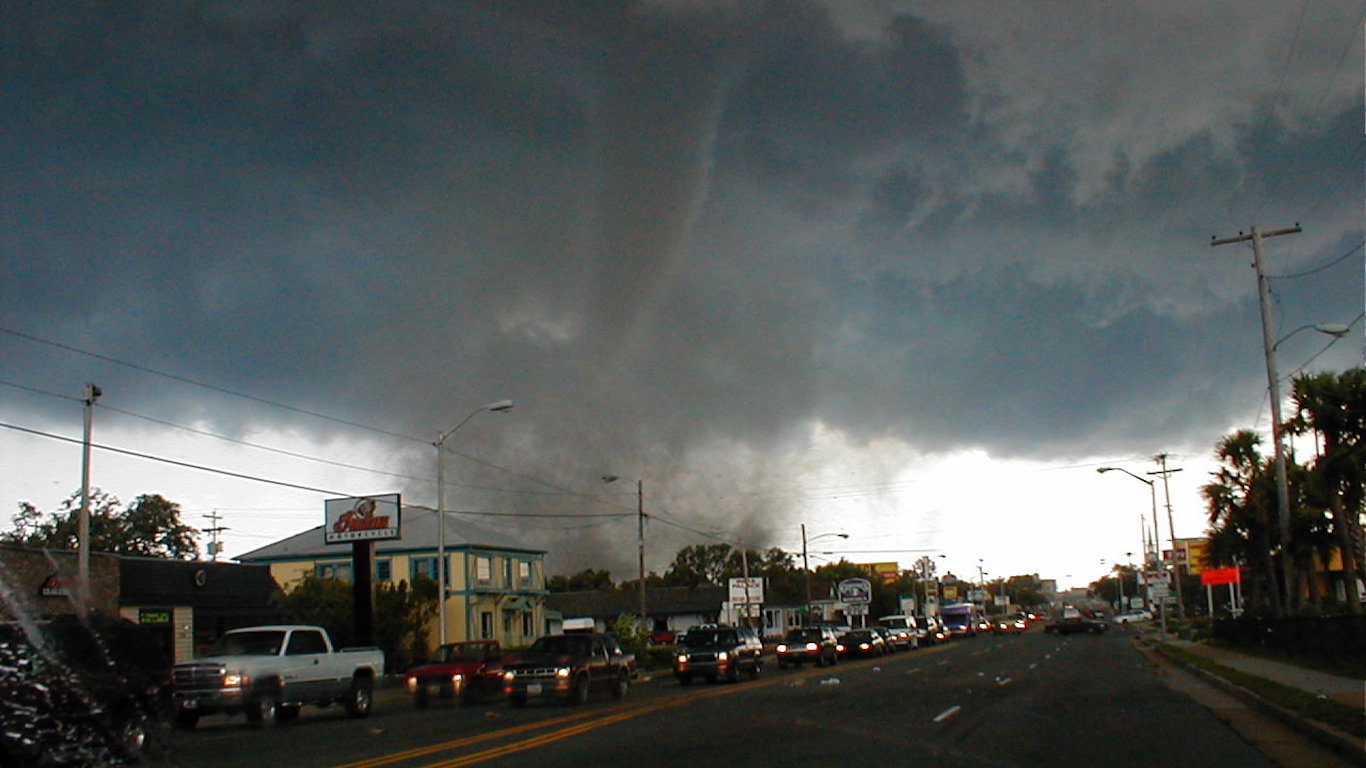
The most destructive and deadly tornado in US history was truly a nightmare. This tornado caused $1.46 billion in damages (adjusted), destroying over 15,000 homes in total. During its unusually long life of 3.5 hours, the Tri-State Tornado touched down in Northeast Missouri and tore through several towns. In Murphysboro, Illinois, it destroyed 100 blocks and caused a fire that burned down another 70. In West Frankfurt, Illinois, most of the miners were safe while working 500 feet underground. But when they emerged, they saw that their entire town had been destroyed, and most of their families (totaling 127 people) had been killed.
This was an extremely rare and strange tornado because it lasted so long and caused so much destruction. It traveled 219 miles and was more than a mile wide. Some experts have suggested that it might have actually been a series of tornadoes, but the destruction and eye-witness accounts disagree. If it was really one tornado, then it was a rare, once-in-a-century storm.
Thank you for reading! Have some feedback for us?
Contact the 24/7 Wall St. editorial team.